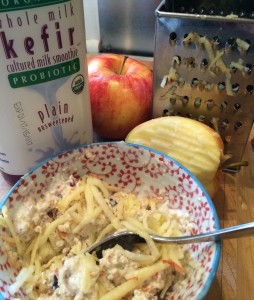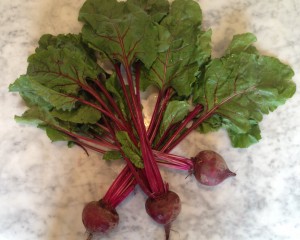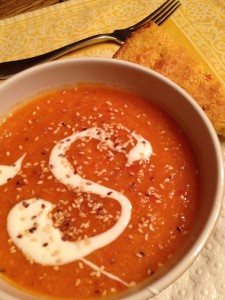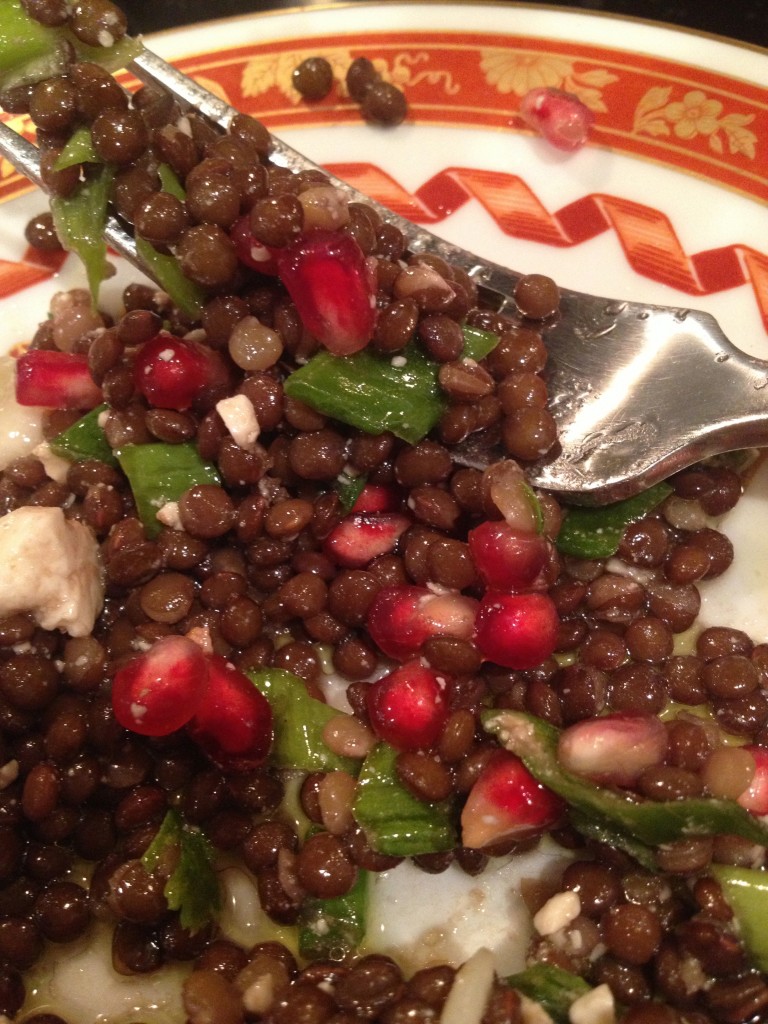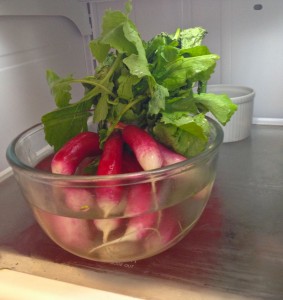Katy’s Take on A Good Granola Bar
Recently, I made a few granola bars for the hungry walkers who hiked across Princeton in support of Friend of Princeton Open Space. Quite a few people requested the recipe, which is base on one I found in that wonderfully successful blog, Smitten Kitchen. I made several different versions using a variety of fruit and nut combos, but the basic idea follows. These are REALLY rich, the sort of thing any self-respecting St. Bernard would have around his neck if he was rescuing you from an avalanche.
3 cups quick oats or 3 cups total oats, oat bran, wheat germ, quinoa flakes, barley flakes etc)
1/2 teaspoon salt
1-2 teaspoons cinnamon
4 cups your choice dried fruit (currants, dried cherries, raisins, chopped dates, cranberries, etc)
4 cups your choice nuts/seeds (walnuts, pecans, almonds, sunflower seeds, pumpkin seeds, unsweetened coconut flakes, etc)
1/2 cup sugar (brown or white)
1 cup coconut oil, liquified
1/2 cup local honey OR 3/4 cup Grade B maple syrup
1/2 cup nut butter
Grease an 8 x 12-inch roasting tin, then line it with parchment paper so that the paper hangs over two opposing sides. Preheat the oven to 350F.
Combine the dry ingredients — oats, fruit, nuts, sugar, salt, cinnamon — in a big bowl, then working in batches, give the dry ingredients a good spin in the food processor, until everything is looking well chopped and uniform in size.
Whisk the coconut oil, nut butter and either the honey or maple syrup together. Pour the wet mix into the dry ingredients and fold until all the liquid has been incorporated into the dry ingredients.
Pour the contents of the bowl into the pan and pat down firmly with the back of a spoon (or an offset spatula if you have one). Bake 20-30 minutes, until light brown around the edges. COOL COMPLETELY (OVERNIGHT WOULD BE BEST) BEFORE CUTTING . Makes 24 really rich bars.


